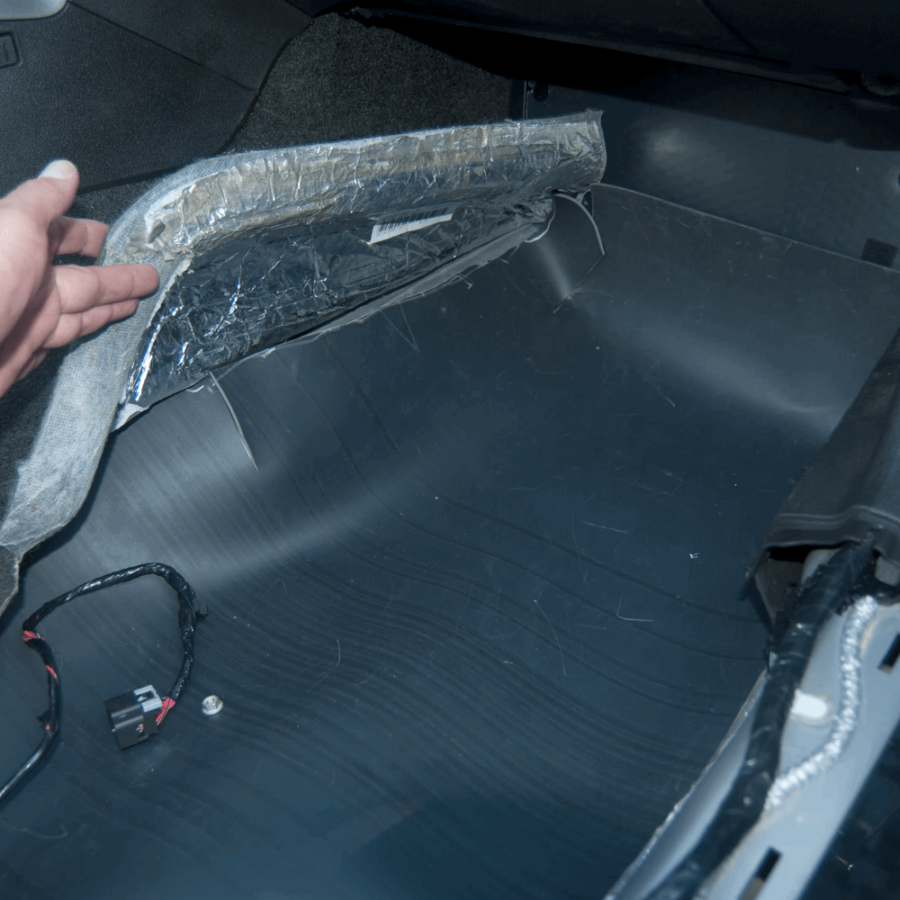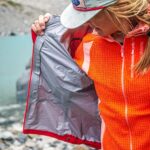If you’ve ever driven down a busy highway or sat in traffic with honking horns, you know how frustrating external noise can be in a car. The constant hum of road noise, the clatter of rain on the roof, and even the vibration from the engine can turn a peaceful drive into an irritating experience.
For anyone seeking a quieter, more enjoyable cabin, one material stands out: mass loaded vinyl (MLV). This sound-deadening material has become a go-to solution for reducing noise and enhancing comfort in vehicles.
Here’s everything you need to know about MLV and how it can transform your ride.
The Challenge of Noise in Vehicle Cabins

Modern vehicles come with various noise reduction features, but many drivers still experience an overwhelming amount of noise. Think about the times you’ve had to raise your voice to have a conversation in the car or turn the volume up on your stereo just to drown out the sounds from outside. Road noise can be particularly prominent, especially on rough surfaces or highways where tire friction and wind noise are amplified. And it’s not just external noise—engine vibrations and mechanical hum from the car itself can make the cabin feel less comfortable.
Whether you’re looking to improve sound quality in your car for a high-end audio experience, or you simply want a quieter environment, addressing noise issues is key. This is where mass loaded vinyl comes into play as a versatile, effective solution for reducing unwanted sound in a vehicle’s cabin.
What is Mass Loaded Vinyl?
Mass loaded vinyl is a dense, flexible material specifically designed to block sound waves. Made from high-mass materials like barium sulfate, MLV’s density is what gives it excellent sound-blocking properties, while its flexibility makes it easy to work with in various applications. Originally developed for industrial soundproofing, MLV has since been adopted by the automotive world for its impressive ability to minimize noise and vibrations in car interiors.
The key to MLV’s success in soundproofing is its high mass, which helps to absorb and block sound frequencies. Unlike foam or other insulation materials, which may only dampen noise, MLV provides a more comprehensive sound barrier. By applying MLV in your vehicle, you create a physical layer that stops noise from penetrating the cabin, providing a quieter, more enjoyable driving environment.
Why Mass Loaded Vinyl is Ideal for Car Insulation
For car enthusiasts, road-trippers, or simply anyone who wants a better experience on the road, MLV offers several advantages as a soundproofing material for vehicles. Here’s why it stands out:
- High Sound Blocking Ability – MLV is excellent at blocking low-frequency sounds like road and engine noise. Its dense composition prevents sound waves from passing through, unlike some materials that may only absorb surface-level noise.
- Flexibility and Ease of Installation – MLV can be cut and shaped to fit the contours of your vehicle’s interior. Its flexible nature allows it to conform to curved or irregular surfaces, making it ideal for cars where space and shape constraints can make traditional insulation challenging.
- Durability and Resilience – Once installed, MLV is highly durable and able to withstand temperature changes, vibrations, and general wear and tear. It’s a long-term solution that won’t degrade quickly, even in high-heat areas like around the engine or exhaust.
How to Use Mass Loaded Vinyl in Your Car

Applying mass loaded vinyl in a vehicle is a straightforward process that can be done by anyone with basic tools and patience. The material can be used in several key areas of your car, each offering a specific soundproofing benefit. Here’s how to get started:
1. Flooring and Under Carpet
The floor is a major entry point for road noise. To apply MLV here, you’ll need to lift up the carpet and lay the MLV directly onto the metal floor of the car. This helps to block noise from the tires and road, making a noticeable difference on highways. By cutting the MLV to fit each section of the floor and securing it in place, you create an effective noise barrier.
It’s essential to ensure the MLV is snugly fitted around contours, pedals, and other fixtures to avoid bunching. Once it’s laid down, the carpet can go right back over it, hiding the material while allowing it to perform its noise-blocking duties.
2. Doors and Side Panels
A lot of external noise leaks through the doors, especially on older or less insulated vehicles. Removing the interior door panels and adding MLV to these surfaces helps to dampen noise from the outside world. By adding MLV behind the door panel, you can create an effective shield against road noise and improve the acoustics of your car stereo at the same time.
Applying MLV to door panels also helps block high-frequency noise, such as wind and rain. It’s a worthwhile upgrade if you’re aiming for a comprehensive soundproofing job.
3. Roof and Headliner
Rain noise is often amplified on the roof of a car, especially on metal surfaces. Applying MLV to the roof under the headliner helps to reduce noise from rain, wind, and the engine. While adding MLV to the roof may require removing some of the headliner or trim, the resulting reduction in noise levels can be well worth the effort.
Because MLV is flexible, it can be applied to the curved shape of the car roof without much trouble. Just ensure it’s securely fastened to prevent sagging or slipping, particularly in warmer climates where heat may soften adhesives.
4. Trunk and Rear Wheel Wells
The trunk is another significant source of road noise, particularly for rear-wheel-drive vehicles or those with larger tires. Lining the trunk and the rear wheel wells with MLV is a smart way to keep out noise from the rear axle, suspension, and tires. Additionally, MLV in the trunk can minimize vibrations from the exhaust and other rear-end components.
Applying MLV here is relatively easy, as the trunk space is often more accessible and doesn’t require removing complex trim pieces. For a complete job, consider layering MLV over the spare tire area and wheel wells to maximize soundproofing.
Final Thoughts on Mass Loaded Vinyl for Car Insulation
With the right application of mass loaded vinyl, it’s possible to transform your car cabin into a peaceful retreat from the hustle and bustle of the road. From reducing road noise on long drives to cutting down on distractions during city commutes, MLV has proven to be a reliable, long-lasting solution for soundproofing cars. The flexibility, durability, and high-performance sound-blocking properties make it a preferred choice for many car owners seeking a quieter, more comfortable ride.
Whether you’re planning a DIY installation or enlisting a professional, adding MLV to key areas in your vehicle is an investment that pays off every time you hit the road. After all, a quieter cabin means a more enjoyable drive, letting you focus on the journey instead of the noise outside.



